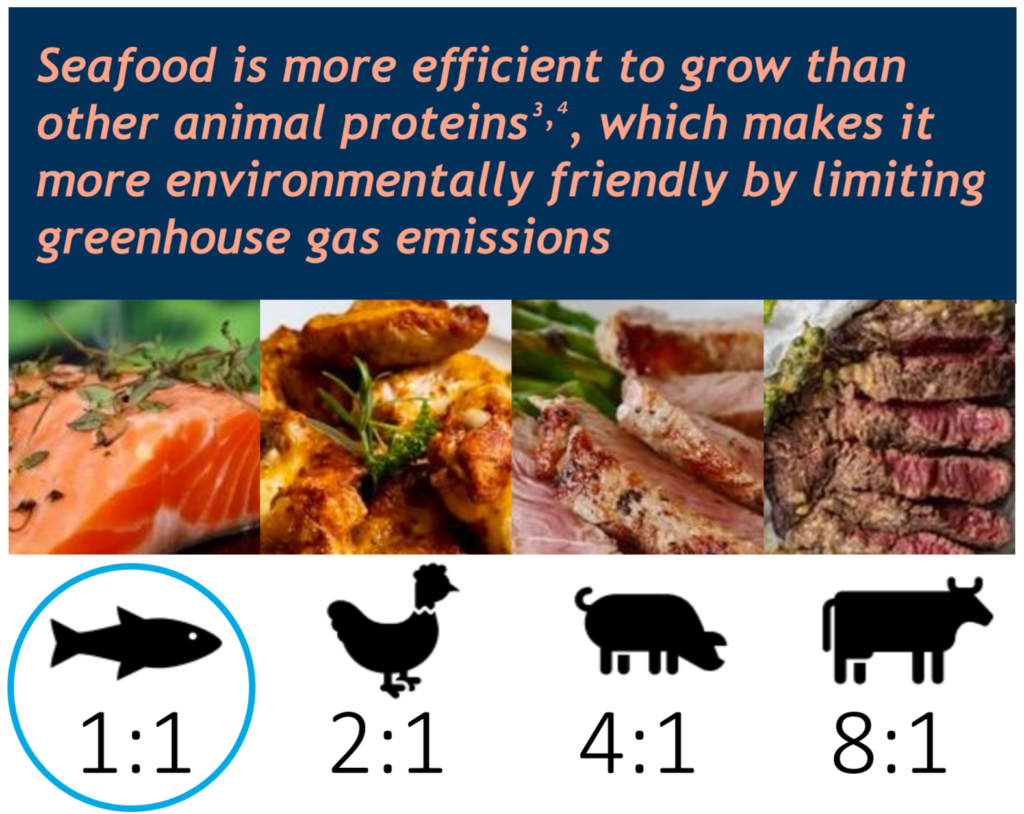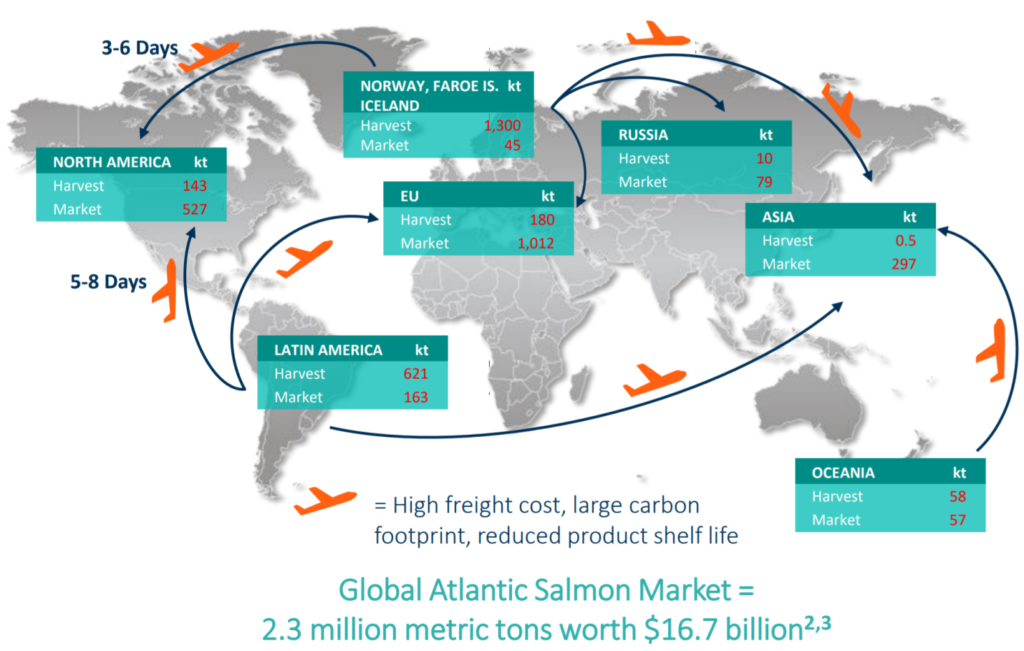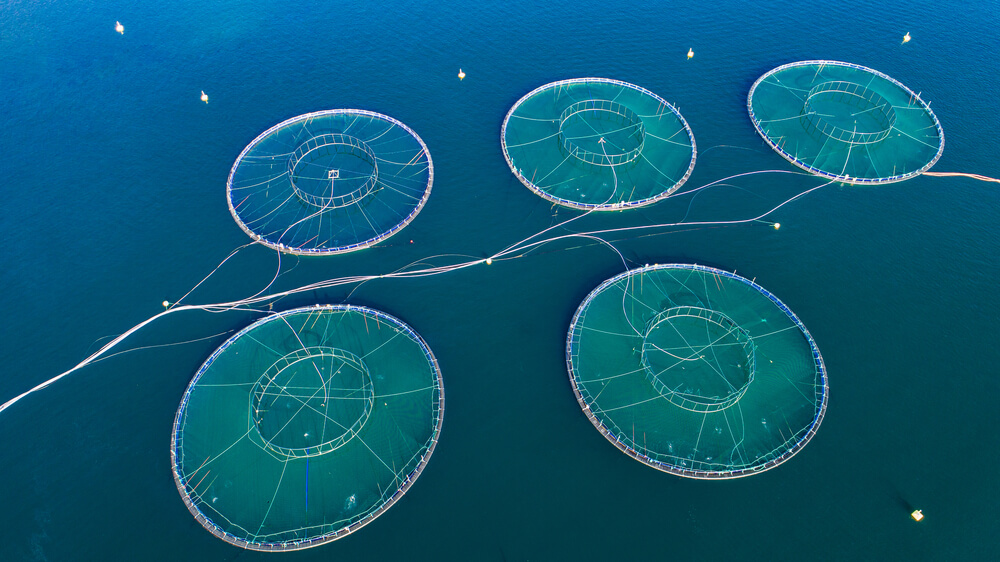I’m not shy about this prediction …
The genomics revolution — aka the “DNA-science” revolution — is massive. It will soon prove to be bigger than what the internet was for the past three decades, and what electric vehicles, artificial intelligence and the like will be for the next three decades.
This is the biggest mega trend of the mega trends, my friends!
Of course, when folks first hear about DNA-based science, they think “health care.” Indeed, advancements in gene-editing and other precision medicine will improve our quality of life in meaningful ways. These will also offer immensely lucrative opportunities for investors.
But I want to warn you against thinking that disruptive innovations coming out of the DNA-science field will only happen in the health care space. DNA is the fundamental “code,” so to speak, of all living organisms. And that means there are far more commercial applications for DNA science than human medicine.
Consider that the global market opportunity for genetically modified seeds (i.e., corn, soybean, cotton and canola seeds) is estimated to be north of $20 billion … and is growing at an annual rate that well exceeds U.S. GDP.
And then there’s the $17 billion global salmon market … which is ripe for disruption.
The Future Is Fish
You might have noticed a public push for “climate-friendly” ways to achieve economic growth in recent years.
For example, a slew of plant-based “meat” alternatives hit the market in response to beef production’s rather large carbon footprint. Some folks are shifting to these plant-based proteins, while others are simply moving away from beef and toward pork or chicken, which don’t impact the environment as much.
And then there’s fish. It’s the most environmentally efficient animal protein source of all — in terms of greenhouse gas emissions. Have a look:

Here’s the thing …
Yes, more companies and consumers are moving toward “climate-friendly” consumption. But that doesn’t mean we’ll stop eating animal proteins!
In fact, we can expect global protein consumption to double by 2050. And thanks to its lesser-evil status among the animal proteins, fish proteins are expected to grab an increasingly greater share of that overall market growth.
The challenge is, according to a 2020 report from the Food and Agriculture Organization (FAO) of the United Nations, more than 90% of the world’s natural fisheries are fully fished or overfished.
And this means the aquaculture industry — aka “fish farms” — will need to fill the gap between growing demand and decreased supply. Current estimates are that aquaculture must produce nearly 50 million additional tons of fish over the next several years, just to keep up with demand!
That’s a massive opportunity for established players in the aquaculture industry. But as I mentioned, the aquaculture industry is ripe for disruption. Identifying the most innovative fish farmers of the future is where savvy investors will make the real money.
Fish Farming: The Old Way
Currently, most Atlantic salmon “farming” is done in sea cages. These are exactly what they sound like … large cages in the sea, tethered to a coastline.
But sea-cage salmon farming isn’t efficient. For one, salmon raised in sea cages can get diseases and parasites that affect the operation’s yield and quality. Not to mention the contamination they’re exposed to by all the micro-plastics that float freely in seawater.
What’s more, since these sea cages must be on coastlines, transportation of farm-raised salmon is expensive and harmful to the environment, as this supply-chain graphic shows:

Cutting to the chase … the global farm-raised salmon market will only become more efficient and profitable when it transitions to a land-based model, where salmon farms move away from the coastlines and closer to their end-user markets.
And I’ve identified one company that’s a pioneer in land-based aquaculture. Not only does it have operations in two of the largest salmon markets in the world — the U.S. and Canada — it has what no other farm-raised salmon operation in the world has: approval by both the FDA and Health Canada to market a proprietary, genetically engineered salmon.
As I see it, this company’s innovation will take the farm-raised salmon industry to a new level. And I expect it to deliver massive profits to the investors of this little-known publicly traded company.
I’m excited to tell you more about this company, but I thought it was only right that you first understand the backdrop of the global farm-raised salmon market … and why it’s ripe for disruption.
Now that I’ve laid the groundwork for this genomics disruptor, part two will show you how this small fish farmer will generate profits for its investors. Watch out for it later this week!
I’ve also made a detailed special report on this company available to subscribers of my Green Zone Fortunes service. And this stock is only one of my top four DNA buys for the genomics revolution.
If you would like to learn more, including one company leading the DNA mega trend with its technology I call “Imperium,” check out my special presentation here.
Join my Green Zone Fortunes service today, and you’ll gain access to these special reports, my highest-conviction monthly stock recommendations based on my Green Zone Ratings system and guidance on the best times to buy and sell across multiple stock trends I’m following closely.
To good profits,

Adam O’Dell, CMT
Chief Investment Strategist, Money & Markets




